FORTE CULTURA Station: Königstein Fortress (DE)
One of the most beautiful and powerful mountain fortresses in Europe
A single visit and view of the Elbe valley convinced Napoleon of the defence capabilities of this complex
Nestled in the Elbe Sandstone Mountains, the town of Königstein lies on the banks of the River Elbe. The Königstein fortress of the same name, one of the largest and most beautiful mountain fortresses in Europe, is enthroned on the table mountain high above it. The fantastic view alone, which can be enjoyed from almost every point along the 1700 metre-long rampart walk, is worth the climb.
In addition to the panorama, the exciting architecture and history, the extremely varied and diverse adventure programme for young and old sets new standards in European fortress tourism.

Get to know thehe Königstein Fortress in Saxony know:

Königstein is a Single Fortress, built on a mountain (mountain fortress).
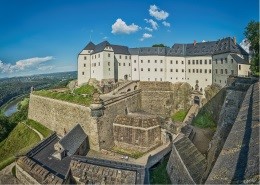
Gatehouse Königstein Fortress
The impressive gatehouse welcomes visitors to the fortress with artistic reliefs and fortified defences.
The upper floors now house the exciting permanent exhibition „In lapide regis - On the King's Stone“, 800 years of life at Königstein Fortress.
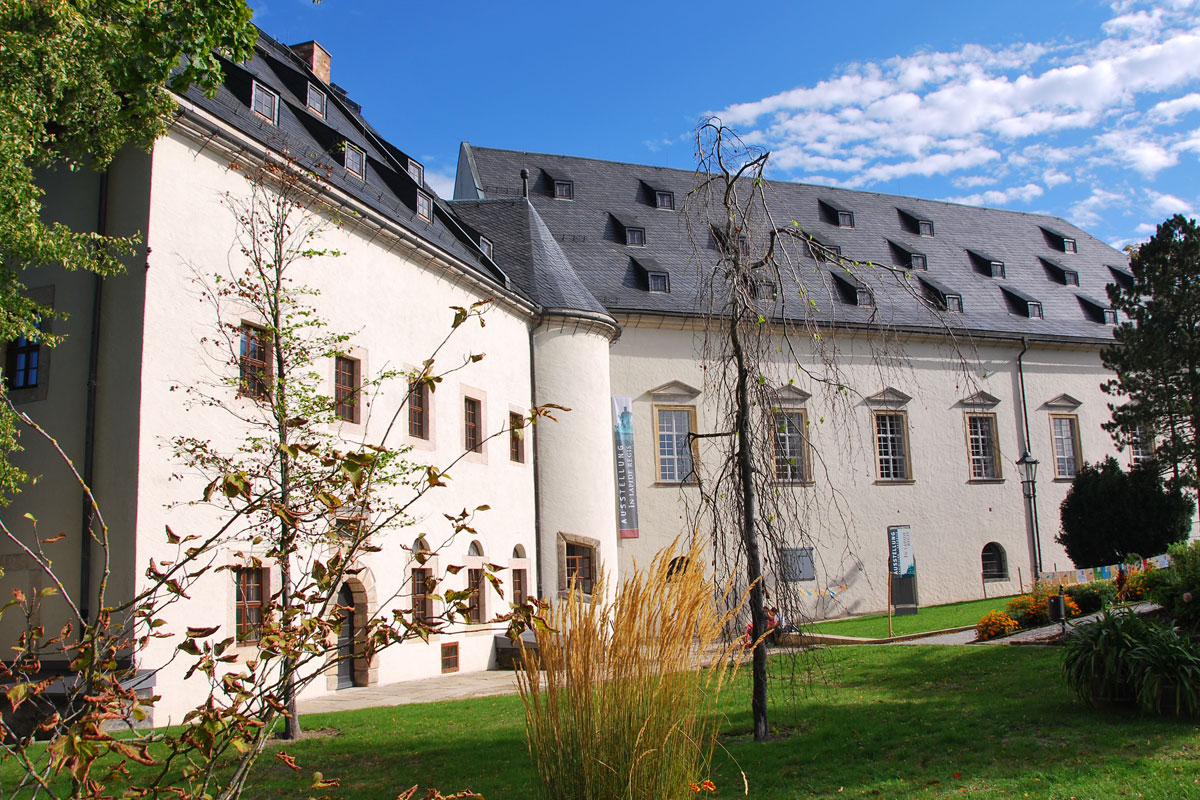
Commandant's house
The commander's house is part of the gatehouse and served as a residence for the fortress commander and his family. It also includes the commandant's garden and the commandant's stables. The recreated furnishings of the commander's flat give a nice insight into the way of life in the early 20th century.
The interior exhibition from around 1900 consists of the kitchen, the study and the ladies' room of the fortress commander's family.

Magdalena castle with giant wine barrel
The Magdalenenburg is a small Renaissance castle that was built to house the court and as a provision house. The imposing historic wine cellar once contained a giant wine barrel with a volume of almost 240,000 litres. It was the result of a competition between the Elector of Saxony and the Elector Palatine. A tour of the wine cellar is an experience in itself.
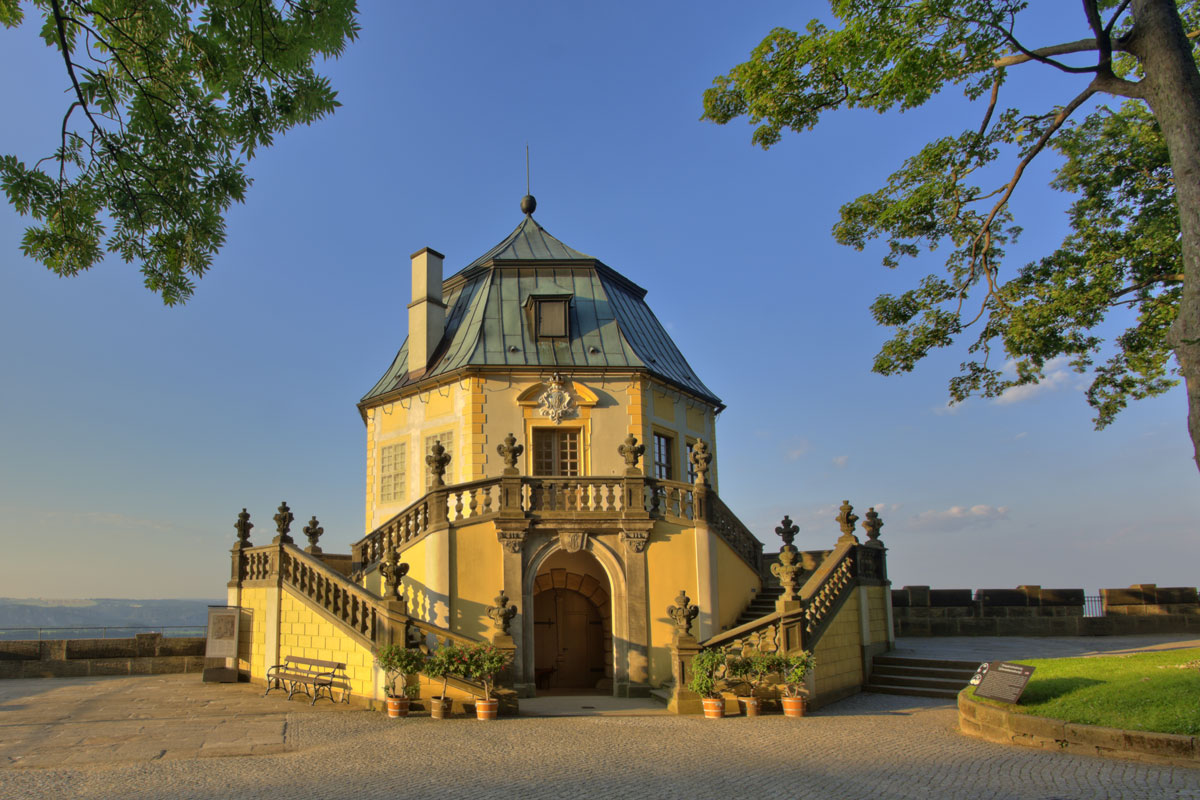
Friedrichsburg
The Friedrichsburg is a former observation and flanking tower and has one of the most beautiful views of the Elbe valley. It was converted into today's baroque pavilion in 1731. A special highlight is that the round table can be completely lowered into the basement, where it can be re-covered. It houses a registry office and can be hired for celebrations.
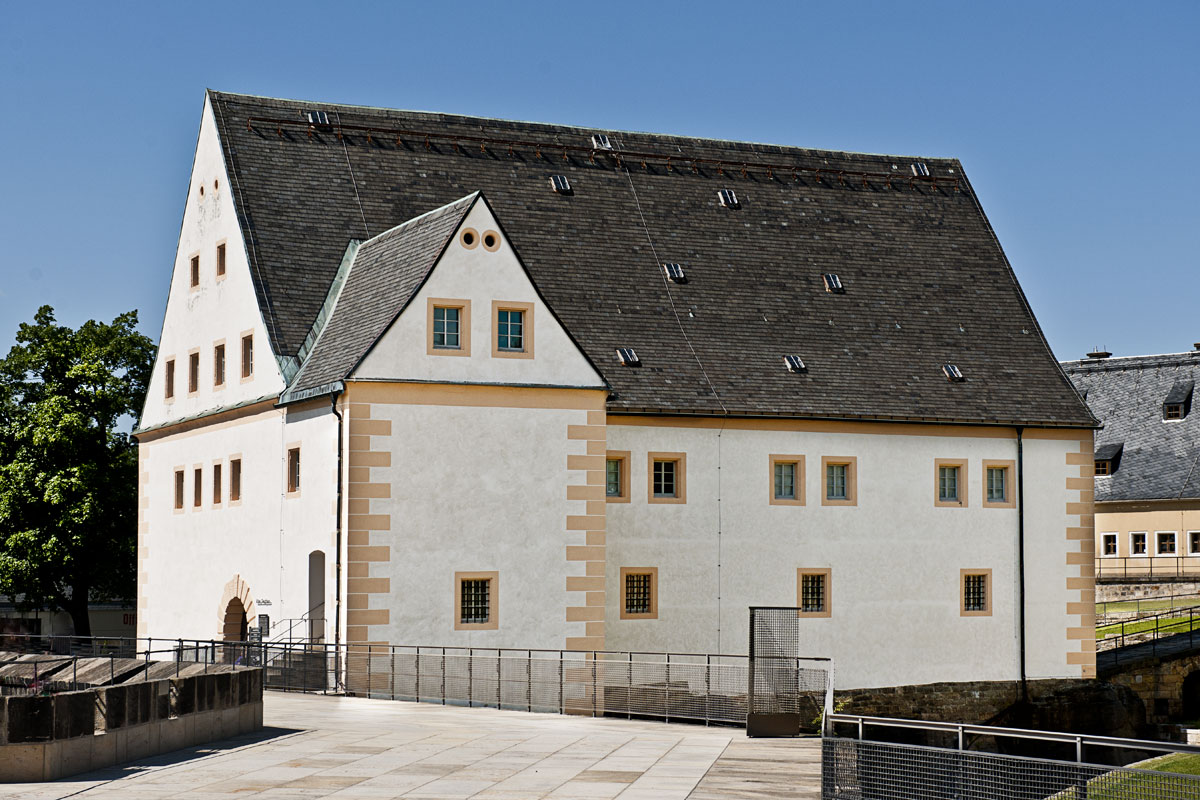
Old armoury
Cannons and mortars, blank and small arms, a bomb cart and ball pyramids: The Old Armoury at Königstein Fortress houses an important collection of military history. The building conveys an impression of the former defence capability. Königstein was considered the most secure place in Saxony, impregnable. The new exhibition provides an insight into the history of the fortress artillery, the close and long-range defence of Königstein and how the historical weapons worked.

New armoury
The exhibition at the Bundeswehr Museum of Military History in the Neues Zeughaus presents a cultural history of fortified places and fortresses in twelve chapters with over 200 objects and images, showing the need for protection and the destructive potential of human ingenuity. The focus is on historical and modern weapons of attack and defence. However, the tour also addresses topics that go far beyond classic fortress warfare, from castles as a romantic projection surface and retreat to the defenceless bourgeoisie on the city wall or the barricade. In the end, the exhibition „Fascination Fortress“ also raises questions that are relevant to the present day and opens up numerous topics that invite reflection on the socio-political debate about security, protection and destruction.
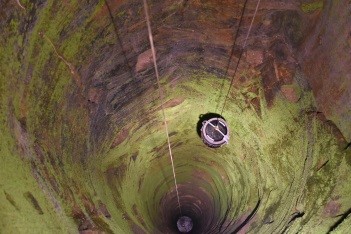
Well house
The museum rooms in the Brunnenhaus offer a new experience. 20 years after the opening of the previous exhibition in February 1998, the exhibition has been redesigned and technically modernised.
At 152.5 metres, the well at Königstein Fortress is the deepest of its kind in Saxony and the second deepest in Germany. Its sinking between 1566 and 1569 was ordered by Elector Augustus to secure the water supply for the future fortress. The traces of the miners and their chisels are still visible in the shaft today. A new 1:10 scale model shows the sinking of the well by the Marienberg miners around 450 years ago. The highlights of the exhibition are the direct view into the illuminated well shaft and the demonstration of water pumping with the old electric motor from 1911.
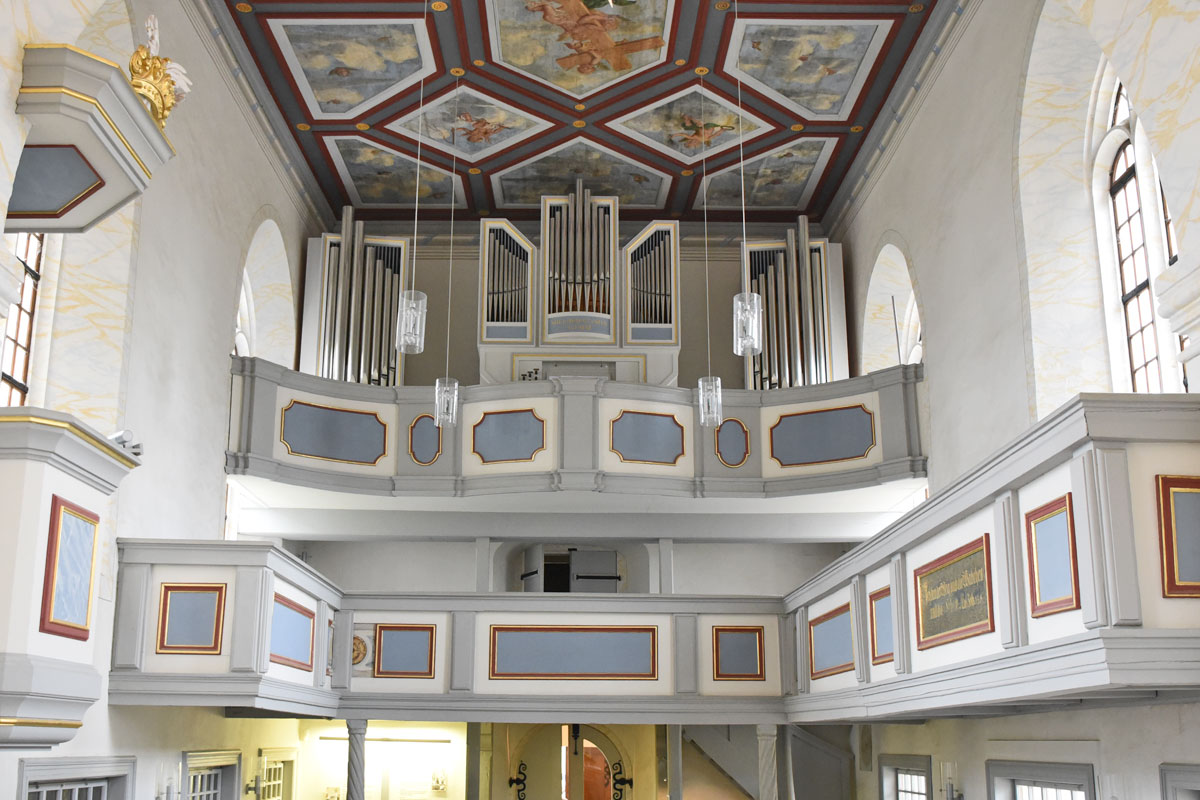
Garrison church
The church is Saxony's first garrison church (1676) and was originally a Romanesque castle chapel. It was reconsecrated in 2000 after extensive renovation. Sunday music takes place in the garrison church on selected dates. Visitors can enjoy a 15-minute concert on the Jehmlich organ every hour on the hour between 12:00 and 16:15. There are also church services at 10.30 am on certain Sundays. Current dates can be found in the Königstein Fortress events calendar.
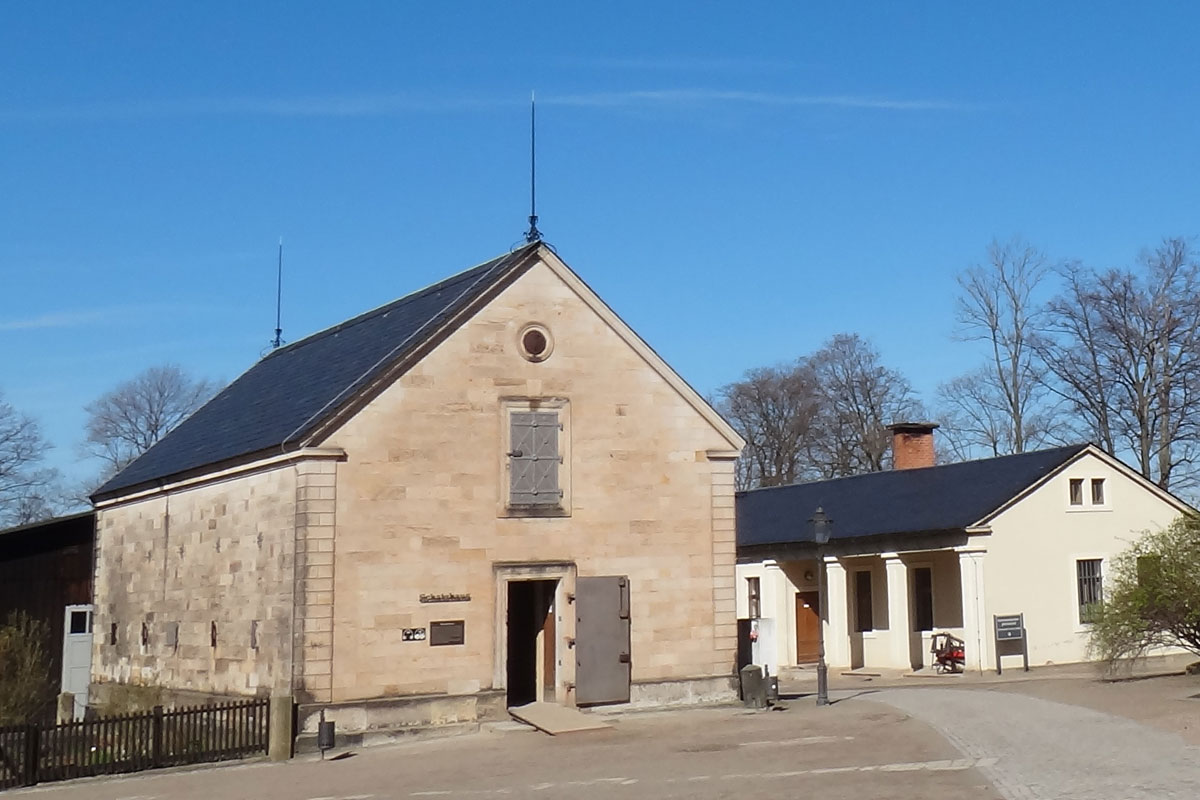
Treasure house and kitchen garden
The impressive gatehouse welcomes visitors to the fortress with artistic reliefs and fortified defences. The upper floors now house the exciting permanent exhibition „In lapide regis - On the King's Stone“, 800 years of life at Königstein Fortress. In troubled times, the building served as a storage location for the state treasury. In the 19th century, this was occasionally stored here in times of peace (up to 2 million thalers).
Next to the treasure house is a kitchen garden. It serves as an example of the self-sufficiency of the fortress inhabitants 100 years ago and shows a typical cross-section of everything that was grown for this purpose.

GDR bunker
Fortress Top Secret: Hidden in the forest at Königstein Fortress is a rock bunker against nuclear, chemical and biological attacks from the GDR era.
In the 1960s, the war powder magazine of Königstein Fortress was converted into a bunker with gas-tight fire doors, overpressure ventilation locks, a ventilation system, an emergency power generator and a water tank by the GDR civil defence. Numerous walls were built into the large room. This created enclosed areas.
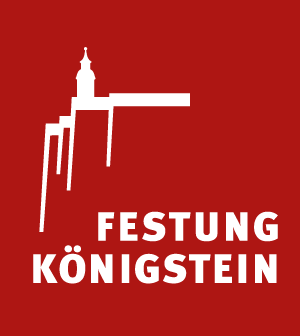
As eloquent as the old nursery rhyme begins, the wide range of tourist attractions for fortress visitors of all generations is just as exhaustive. Guided tours, workshops, games, exhibitions, festivals and much more, not to mention the magnificent view, make you want to visit the fortress all year round.

Permanent exhibition In Lapide Regis - On the King's Stone
The exciting and interactive exhibition impressively conveys the varied history of „800 years of life at Königstein Fortress“. A total of 33 rooms have been prepared for this purpose, some of which have been made accessible to the public for the first time ever.

Participation programmes for children
Königstein Fortress offers a year-round, interesting and varied programme, especially for young explorers. Among them:
- „Sealing the Border Certificate“ - for little kings
- „Telling secret signs“ - for talented stonemasons
- „Searching for and excavating archaeological finds“ - for young archaeologists
and much more.

Fortress for people with disabilities
Königstein Fortress also offers people with disabilities an eventful visit. An accompanying person is recommended for wheelchair users, as there are some uneven paths and slopes due to the historical structure of the building.
A route map for wheelchair users provides a better overview of difficult or impassable paths.

Guided tours of the fortress
Führungen werden von April bis Oktober mehrmals täglich angeboten. Für jeden ist etwas dabei: Ein Streifzug durch 800 Jahre Festungsgeschichte, schaurige Geschichten aus der Festungschronik beim Rundgang im Laternenschein bei Nacht, amüsante Stunden mit Schließkapitän Clemens, kurze Highlight-Führungen für Familien oder thematische Führungen für Kinder- und Schülergruppen (7 bis 16 Jahre).

Geschichte der Festung Königstein, Sachsen
König Wentzel der I. von Böhmen, Herrscher über das Königreich Böhmen, erwähnte 1233 erstmals eine mittelalterliche Burg auf dem Königstein mit ihrem Burggrafen Gebhard vom Stein. Die erste vollständige Bezeichnung „Königstein“ in der Oberlausitzer Grenzurkunde siegelte Wenzel I. „in lapide regis“ (lat.: auf dem Stein des Königs). Per Vertrag von Eger 1459 wurde der Königstein dem Herzogtum Meißen und damit den Wettiner Kurfürsten zugesprochen.
Kurfürst Christian I. befiehlt schließlich 1589 den Königstein zur Landesfestung auszubauen, nachdem Kurfürst August durch den Brunnenbau 1563 die Voraussetzungen dafür geschaffen hatte. In der Folge wurde die Festung durch sächsische Herzöge und Kurfürsten als sicherer Rückzugsort, Jagd- und Lustschloss und auch als Staatsgefängnis genutzt. Kanzler Dr. Nikolaus Krell wurde als führender Calvinist auf Geheiß der streng lutherischen Kurfürstenwitwe 1591 als erster Staatsgefangener inhaftiert. Ihm folgten bis 1922 über 1000 weitere Gefangene, darunter Böttger, Bakunin oder Bebel.
Unter den wechselnden Verantwortlichen und Eigentümern wurde die Festung immer wieder modernisiert. So gelang es bis heute niemandem, die Festung militärisch zu erobern. 1806 wurde Königstein eine Rheinbundfestung im neuen Königreich Sachsen. Napoleon inspizierte Königstein 1813 und attestierte ihr absolute Wehrhaftigkeit.
1815 wurde Königstein zur einzigen sächsischen Landesfestung erklärt und diente der Königsfamilie bis 1866 als Fluchtpunkt. Ab 1870 wurde die Festung zumeist als Kriegsgefangenenlager oder Lazarett genutzt, 1949 wurde ein Jugendwerkhof eingerichtet. Seit 1955 ist die Festungsanlage auf dem Königstein ein Museum. Hier wird heute Geschichte auf vielfältige Art und Weise transparent und lebendig.
Architecture
Kurfürst Christian I. von Sachsen und sein Nachfolger ließen die bereits vorhandene Burg zwischen 1589 und 1597 zur stärksten Festungsanlage Sachsens ausbauen. Sie ergänzten den zerklüfteten Tafelberg rundherum mit hohen Mauern und errichteten viele der heute noch vorhandenen 50 Gebäude, z.B. das Torhaus, die Streichwehr, die Alte Kaserne, die Christiansburg oder das Alte Zeughaus. Weitere Bauetappen im 17. und 19. Jahrhundert ergänzten die Befestigungsanlagen und das Gebäudeensemble. Damit ist die Festung Königstein ein beeindruckendes Ensemble von Bauwerken der Spätgotik, der Renaissance und des Barock bis hin zum 19. Jahrhundert.
Die gesamte Festungsanlage umfasst 9,5 Hektar. Der Wallgang der Festung hat eine Länge vom 1700 Metern und ihre Mauern ragen bis zu 42m auf.
Nicht nur Naturliebhaber lockt der unfassbare Ausblick über die Sächsische Schweiz und das Elbtal auf die Festung Königstein. Der 1700m lange Panoramaweg entlang der Festungsbrüstung bietet zu jedem Zeitpunkt beindruckende Aussichten.
Aber auch im Inneren der Festung findet sich beispielsweise mit dem Garten am Kommandantenhaus eine liebevoll gestalte Oase für müde Wanderer. Das weitläufige Festungsareal lädt zudem an vielen schattigen Plätzen zum Verweilen und Entspannen ein.
Wer mehr Adrenalin möchte, kann sich im Kletterwald Königstein am Fuße der Festung, vis-á-vis vom Parkhaus, richtig austoben. Zudem ist die Festung Königstein Ausgangspunkt für herrliche Touren zu den Tafelbergen des Elbsandsteingebirges wie den Lilienstein, den Pfaffenstein oder die Bastei sowie durch die romantischen Täler der Sächsischen Schweiz. Darüber hinaus führt entlang der Festung Königstein die traditionsreichste und im Gesamtverlauf attraktivste Wanderroute in der Sächsischen Schweiz entlang – der Malerweg. Die Umgebung betet viele Erlebnisse für Groß und Klein.
Events at Königstein Fortress, Saxony
Tourismuspartner der Festung Königstein, Sachsen
Wenn du dies siehst, nachdem deine Seite vollständig geladen wurde, fehlen leafletJS-Dateien.
Cultural ribbon
fortified monuments
on the Elbe river
From its source in the Czech Giant Mountains to its mouth in the North Sea near Cuxhaven, the Elbe river connects 1091 kilometres of magnificent cultural landscapes.
Conquer the FORTE CULTURA Elbe fortresses and discover the region from a new perspective.
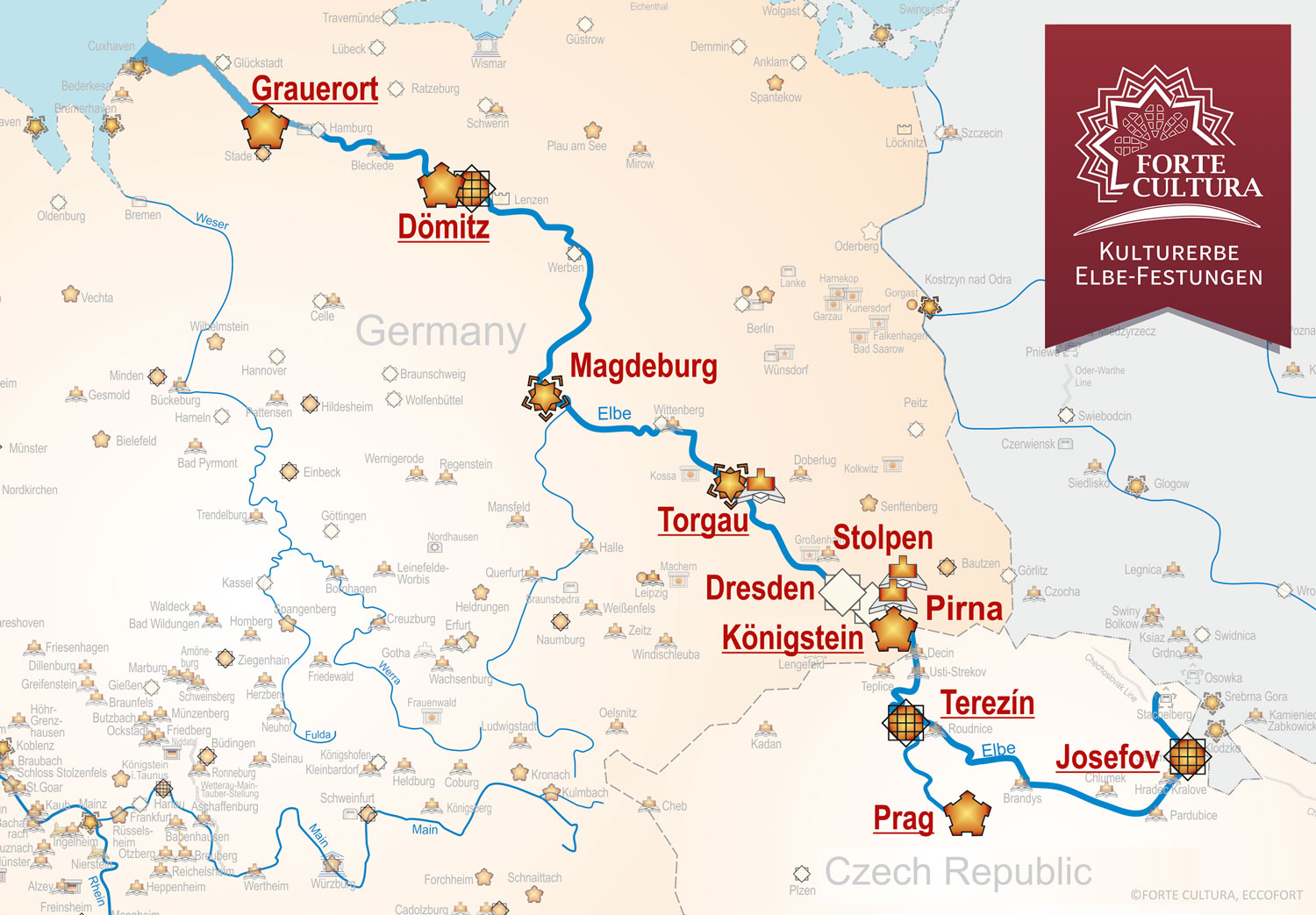



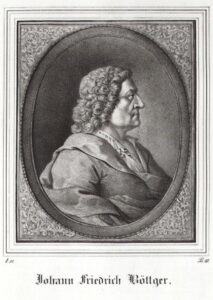
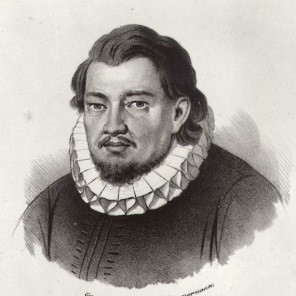
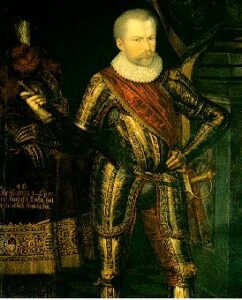
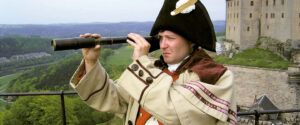


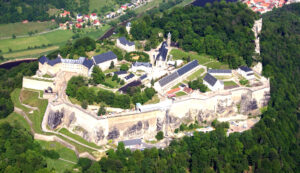

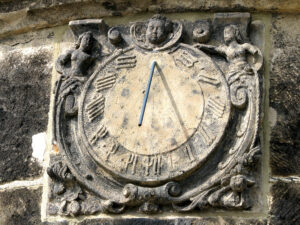
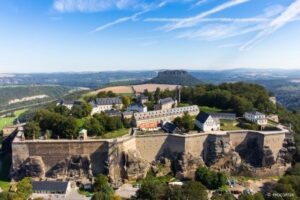
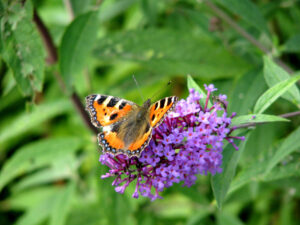

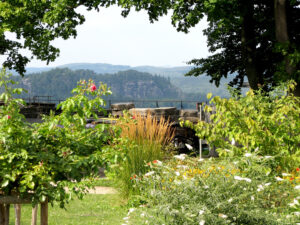
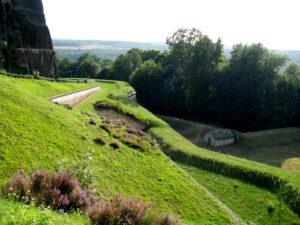
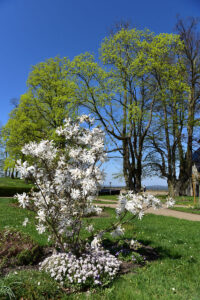
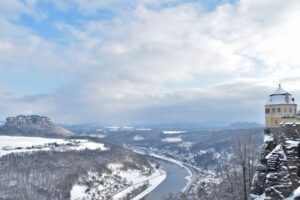





Schreibe einen Kommentar